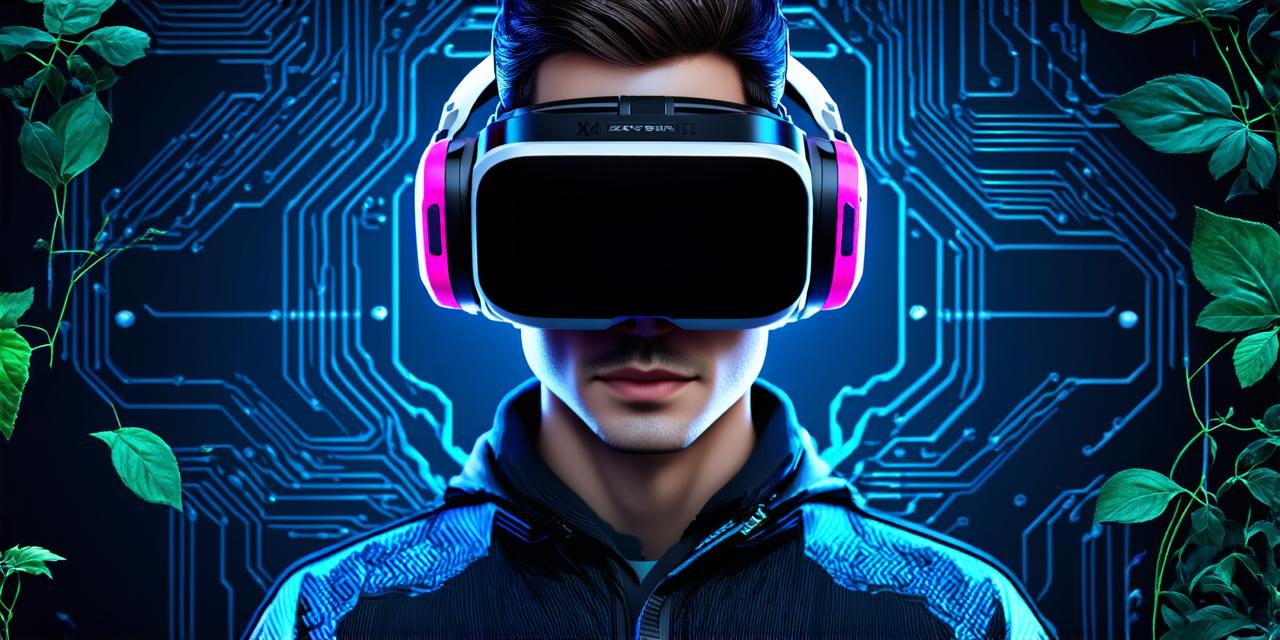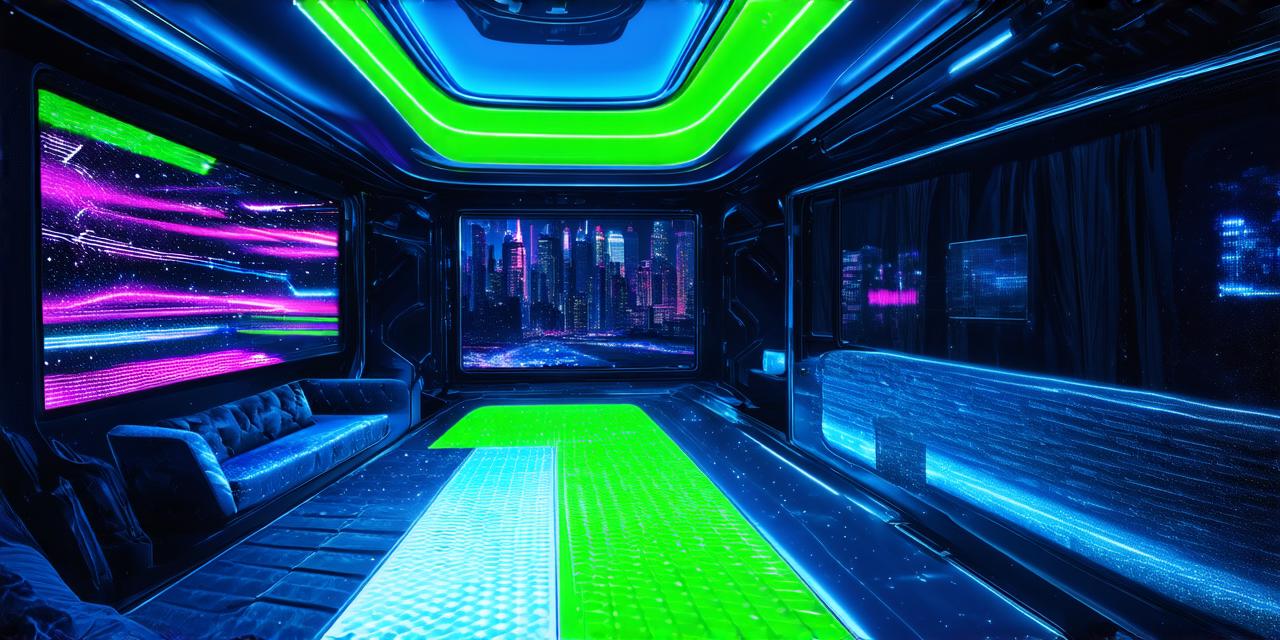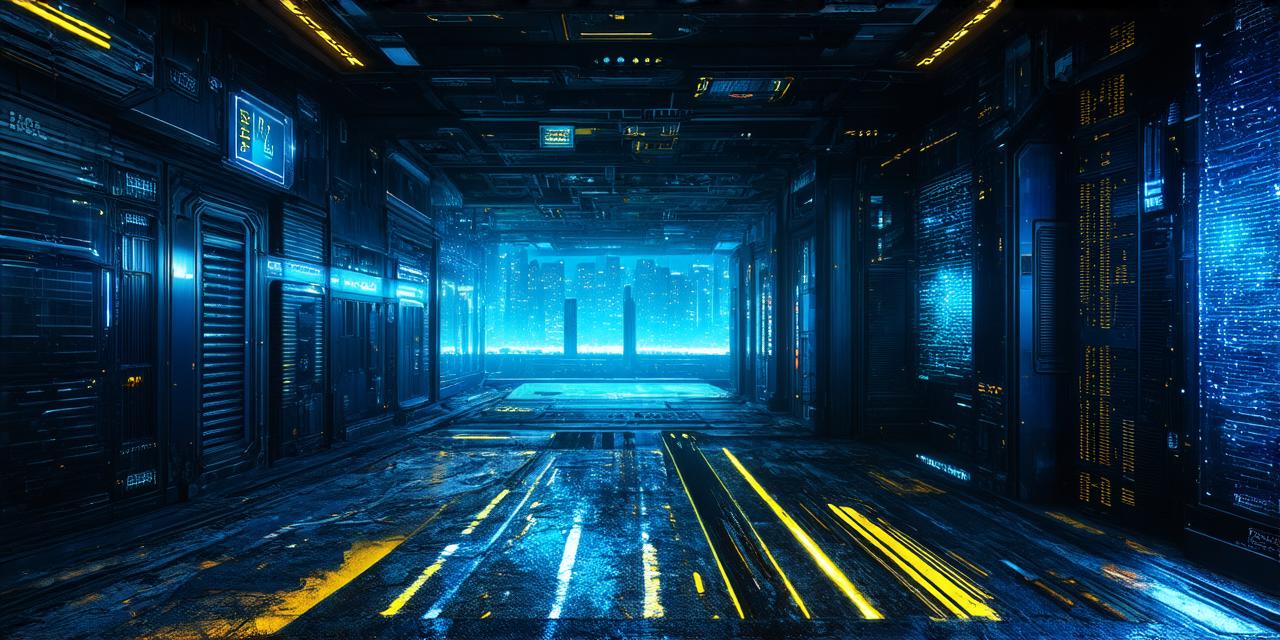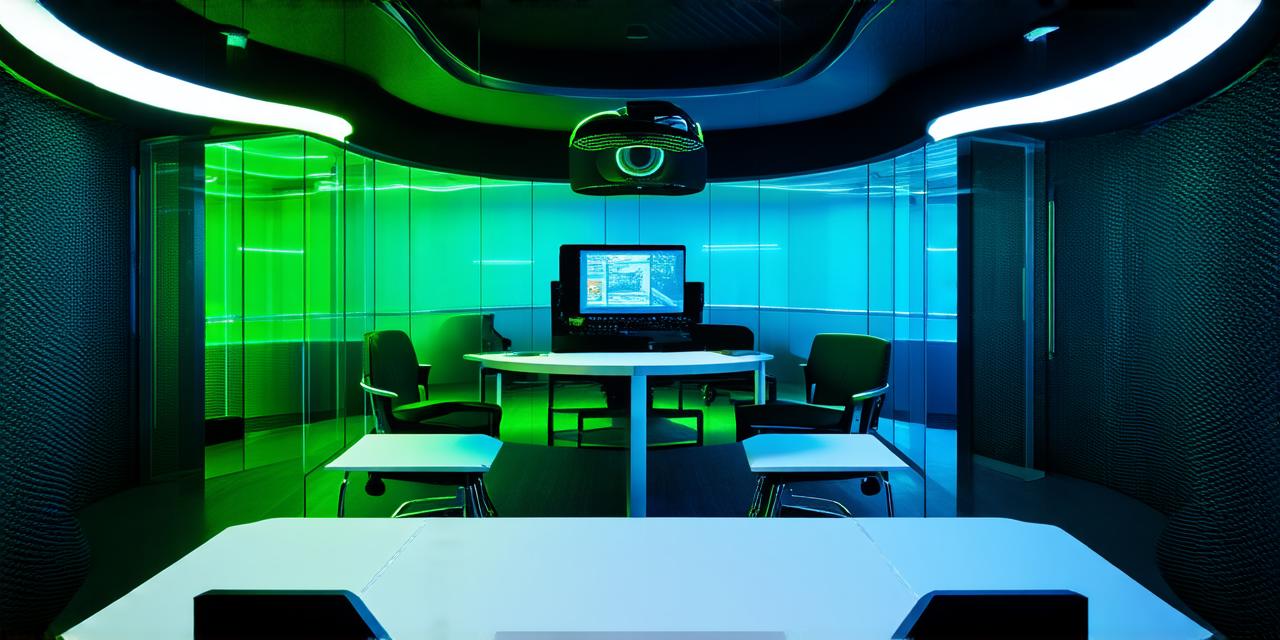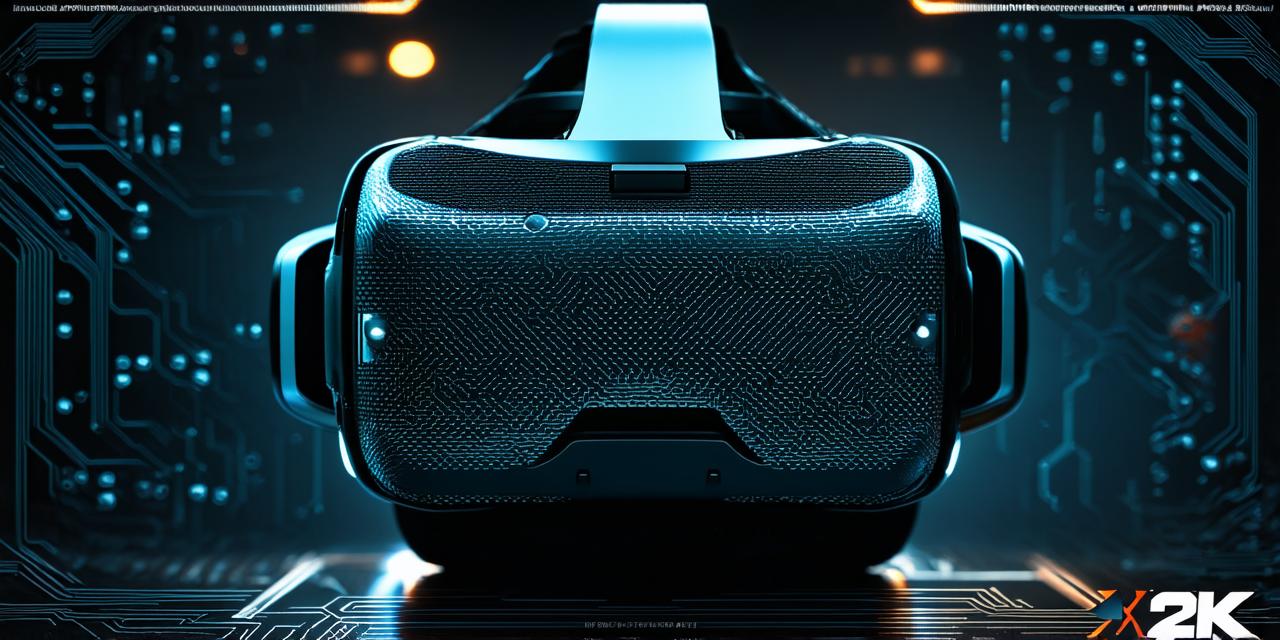Virtual reality (VR) technology is rapidly transforming industries and changing the way people interact with digital content. With VR, developers can create immersive experiences that transport users into simulated environments, allowing them to experience things they may never have the chance to otherwise.
Understanding the Basics of VR Development
Before diving into the details of building a VR application, it’s important to understand the basics of virtual reality development. This includes the different types of VR hardware available, such as headsets, motion controllers, and sensors, as well as the software tools and platforms used to develop VR applications.
One of the key considerations for VR development is choosing the right platform. There are several popular VR platforms, including Unity, Unreal Engine, and A-Frame, each with their own strengths and weaknesses. It’s important to choose a platform that supports the hardware you’re targeting and meets your project’s requirements in terms of performance, graphics, and user interface.
Another important aspect of VR development is understanding the user experience. In order to create an immersive and engaging VR application, developers must consider factors such as motion sickness, comfort, and usability. This requires careful planning and testing to ensure that the app is optimized for the hardware and provides a smooth and enjoyable experience for the user.
Creating the Content for Your VR Application
Once you’ve chosen your platform and considered the user experience, it’s time to start creating the content for your VR application. This includes designing the 3D models, textures, and animations that will bring the virtual environment to life.
One of the key considerations when creating VR content is lighting. Lighting can greatly affect the mood and atmosphere of a VR environment, so it’s important to take the time to carefully plan and test different lighting scenarios to find the one that works best for your application.
Another important aspect of VR content creation is sound design. Sound can help to immerse users in the virtual environment and enhance their overall experience. When designing sound for a VR application, it’s important to consider factors such as spatial audio and 3D audio, which allow sound to be positioned within the virtual environment to create a more realistic and engaging experience.
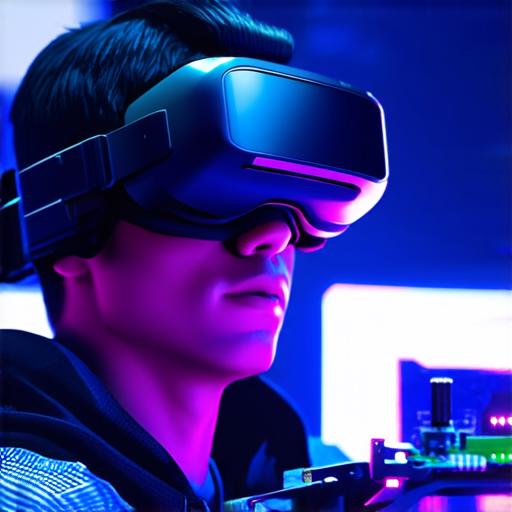
Optimizing Your VR Application for Performance
One of the biggest challenges of VR development is optimizing the application for performance. This includes minimizing lag, reducing motion sickness, and improving frame rates to ensure a smooth and enjoyable user experience.
One of the key strategies for optimizing VR applications is reducing the number of polygons in 3D models. High-poly models can cause lag and motion sickness, so it’s important to use low-poly models or optimize existing models to reduce their complexity.
Another important aspect of performance optimization is minimizing the amount of data that needs to be transmitted between the user’s device and the VR hardware. This can be achieved through techniques such as compression, reducing the number of textures used, and using streaming technologies to load content on demand.
Testing and Deploying Your VR Application
Once your VR application is complete, it’s important to thoroughly test it to ensure that it performs well and provides a smooth and enjoyable user experience. This includes testing for motion sickness, comfort, and usability, as well as optimizing the app for different hardware configurations.
